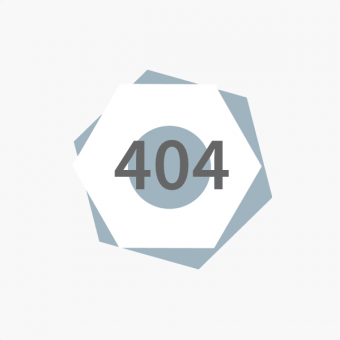Bosch Company Profile
Published: ASIA

Bosch
Reflecting the growing importance placed on ‘green’ issues in pro audio, Bosch has drawn on the latest technologies and techniques to make its new Southeast Asia base energy efficient. Richard Lawn reports..
Green initiatives are becoming more commonplace in the pro audio, and Pro Audio Asia has highlighted the developments of Duran Audio, and Latin manufacturers Acustica Beyma and Powersoft, which have installed solar panels at their factories in order to convert the power of the Mediterranean sun into the production of loudspeaker drivers and amplifiers. Cost savings are always welcome, but going green is also good marketing.
Bosch is also at the forefront of development when it comes to green technology. The company’s new Southeast Asia headquarters in Singapore house R&D, engineering, project management and maintenance operations under one roof. Constructed in just two years, the seven-storey building required a S$92m (US$65m) investment, and its 27,000-sq-m floor space will accommodate planned development and expansion in the coming years.
The facility has already received accolades for being energy efficient and environmentally friendly, with Singapore’s Building and Construction Authority (BCA) awarding it a platinum rating, which is the highest under its Green Mark programme. This certifies that its annual energy requirements are at least 30 per cent below the permissible limit in Singapore. In addition, the building received the Clean Energy Programme’s Solar Pioneer Award.
The corporate construction department at Bosch placed great emphasis on systematically adopting environmentally friendly construction methods for the new headquarters. The building is one of the first in Singapore to be equipped with mobile external sunscreens, which cut the amount of heat entering the building by up to 25 per cent. This reduces the energy requirement for cooling, which is an important consideration in a city located close to the Equator. The building is also being equipped with photovoltaics from Bosch subsidiary Bosch Solar Energy (formerly Ersol) – significant, as photovoltaics will be a key focus of research at the Singapore location. A 700-sq-m rooftop photovoltaic bed harnesses the sun’s energy, ensuring that the roof remains cool, which again reduces the energy being required to cool the building. The entire solar unit uses three different types of solar cells – mono-crystalline, multi-crystalline and thin-film solar cells – accompanied by a modular inverter system.
A number of other factors bolster the building’s green credentials. Recovering energy in the ventilation system reduces cooling by a further 20 per cent, while condensation from the air-conditioning system is reused in cooling towers on the roof, thus lowering water use by up to 15 per cent. The outer building envelope is shrouded by an automated external aluminium blind system operating under the control of a computer programme that is also linked to roof-mounted solar/wind sensors. The automated external blinds are protected about 1m from the glazing, leaving a ventilated air space in between for the purpose of stack-effect and catwalk-maintenance-access. The trajectory of the sun is mapped real time so that the blinds tilt automatically, using daylight into internal spaces while shielding the direct penetration of sunrays. Employees don’t work at weekends and at 7.30pm on each Friday night, the shutters come down and the power is turned off throughout ensuring that the building remains cool.
The water-cooled chiller plant uses a variable-speed drive and so the pumps respond to the required cooling loads throughout the day, and require less energy to operate the cooling towers. Further green initiatives include an extensive use of energy saving T5 lighting and fittings, motion detectors in toilets and sleep modes for lifts. All the furniture and ceiling boards in the building are made from recycled materials, while excavated soil from the construction was used for back filling instead of concrete.
‘Our investment in these premises shows Bosch’s commitment to maintain Singapore as the hub to manage and coordinate growth in the Southeast Asian region and beyond,’ commented president and MD of Robert Bosch (SEA) Pte Ltd, Cem Peksaglam. ‘Our choice of premises should reflect our commitment to tackle the issues faced in climate change,’ stated Bosch Security Systems Asia-Pacific VP, Alexander Blome. ADC was appointed to install comprehensive security and safety equipment throughout the building, including the Bosch Access Personal Edition, Bosch Video Management System, Bosch Praesideo and Electro-Voice loudspeakers, making the new Bosch headquarters a live showcase of ADC’s ability to install world-class building security solutions.
Despite last year’s economic crisis, the German manufacturer invested a record high of €3.5bn in R&D and expects the market for its renewable energy products to hit US$1.6bn globally this year. Other projects that Bosch has been working on in Singapore over the past two years include trial runs for bio-diesel cars and the development of solar cells technology. Just as ferrite has been replaced by neodymium in speaker technology, carbon has been removed from each and every facet of this remarkable address.
Published in PAA May-June 2010
